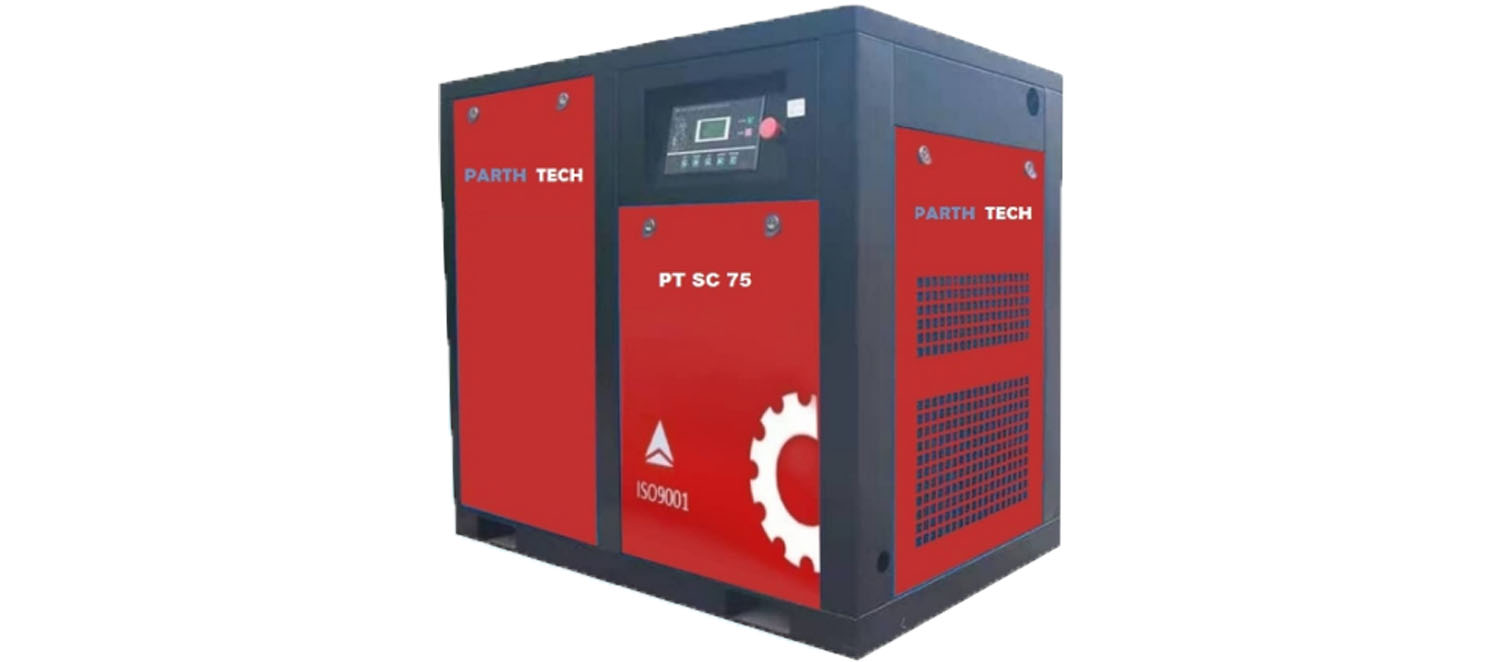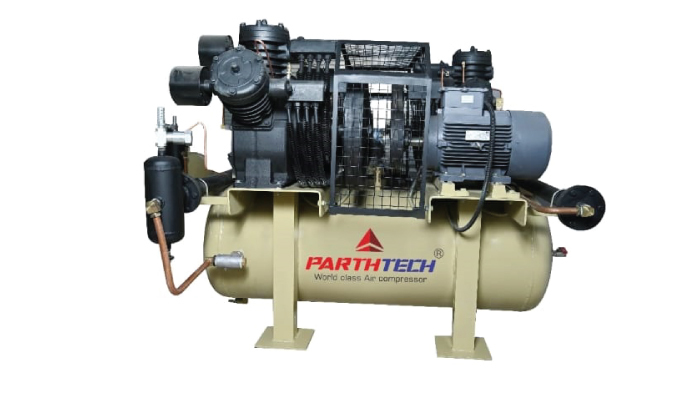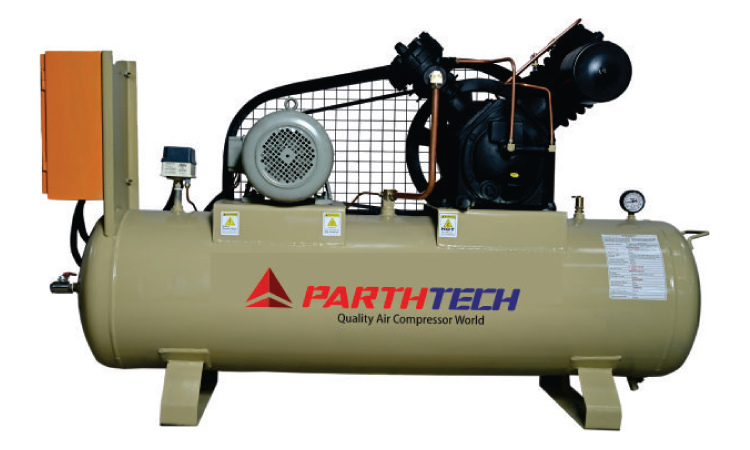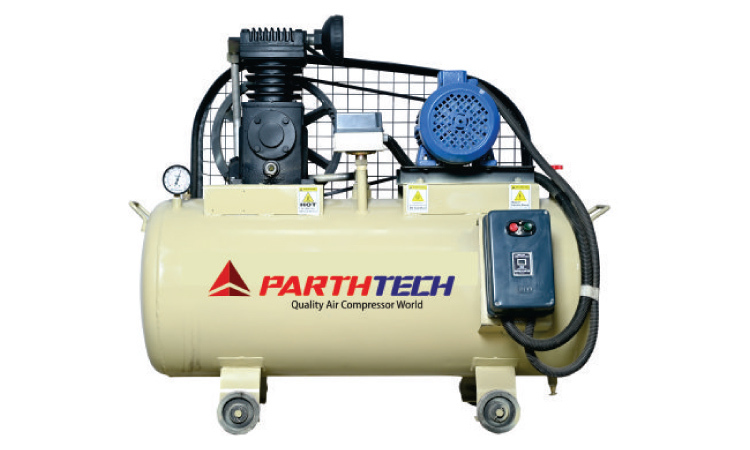-
Call
-
Whatsapp
9825014048
-
Location


Textiles
Textile Development: The Unseen Giant – Air Compressor
Air compressor is the unsung hero in textiles. It is where creativity meets perfection, applying innovation, efficiency, and excellence to every yarn and fabric. Whether you are looking for fabric design or manufactured or exported materials, the interaction between air filters and textiles is a simple matter regarding overall impeccable performance and quality.
Clothing Design and Beyond:
- The miracle of textile manufacturing: Air compression breathes life into textile manufacturing. From air-jet and water-jet looms to laptop-aided design (CAD) systems, compressed air enhances the craftsmanship behind sophisticated fashion and design.
- Options: Choosing suitable options is essential. Components such as compressor pumps, motors, valves, and tanks require durable and corrosion-resistant materials to ensure long service lives.
- CAD/CAM precision: CAD/CAM systems powered by compressed air and continuously powered enable manufacturers to create custom designs and convert them to garments with unparalleled accuracy
Excellent Spinning Weaving:
- Ring Spinning Magic: During spinning, an air compressor creates the necessary tension in the yarn, ensuring excess yarn.
- Air Jet Looms: An air compressor creates extreme pressure on the back of an air jet loom, ensuring that garments are woven quickly and accurately. These looms are known for their efficiency and accuracy, resulting in faster garment production.
Drawing of The Fabric
- Precise fabric printing: Fabric printing, whether through display screen printing or virtual techniques, uses compressed air to equalize colour and ink, resulting in a vibrant and durable design
Drawing and Finishing
- Accurate dyeing: Compressed air is necessary to regulate the pressure in the dyeing machines to ensure precise dye application and colour uniformity
- Finishing Swell: Fully incorporated compressed air helps to expand, calendar and seal the fabric, improving texture and optical properties
The Global Textile segment
- Quality: Air compressor plays a vital role in maintaining the garments before they begin their global journey. Air testing is strengthened to ensure garments meet stringent international requirements.
- The Safer Way: When shipping and packing clothes, inflators provide insulation such as air pillows and bubble wrap to protect clothes from the wind while travelling around the world sustainability and innovation.
- Environmentally friendly designs: To meet green requirements, textile manufacturers are using energy-efficient green gases, such as Variable Speed Drive (VSD) fashion, saving power and reducing operating costs.
- Waste reduction: Compressed air systems are also required for textile waste management, from dust removal to textile waste recycling, in line with sustainable practices.
In the colourful and ever-growing textile industry, air presses are the perfect quiet architects. They empower textile designers to create sophistication, maintain uncompromising satisfaction, and contribute to sustainable destiny. While the clothing industry moulds its dreams, the connection to windbreakers remains intact.







